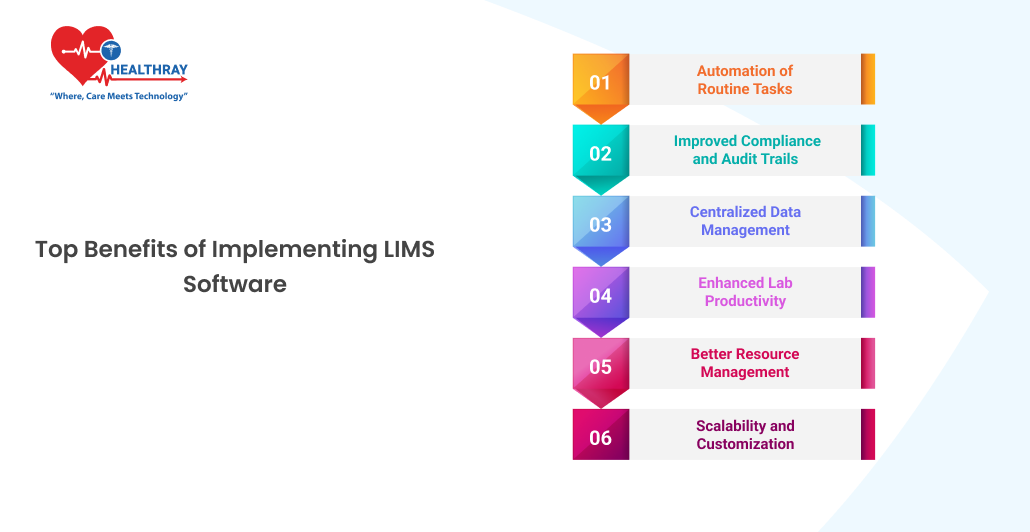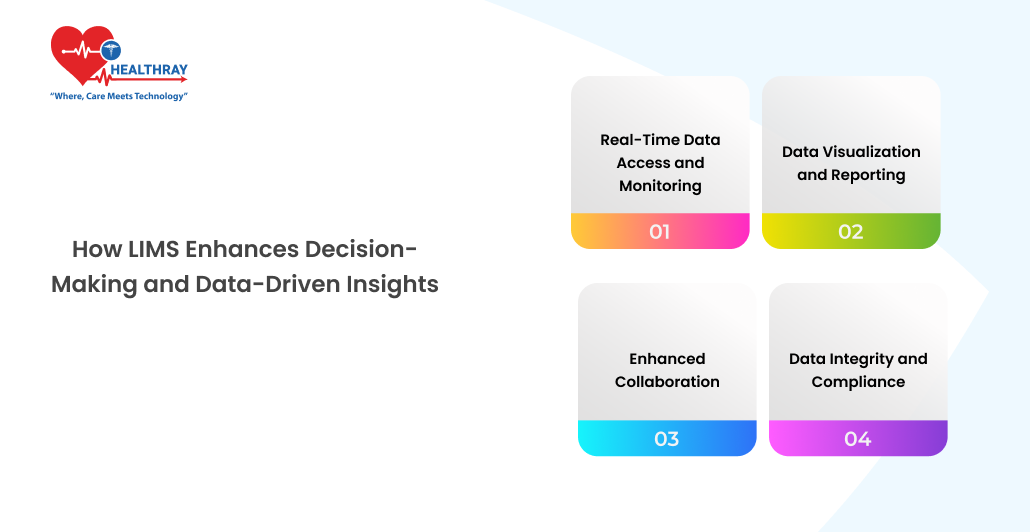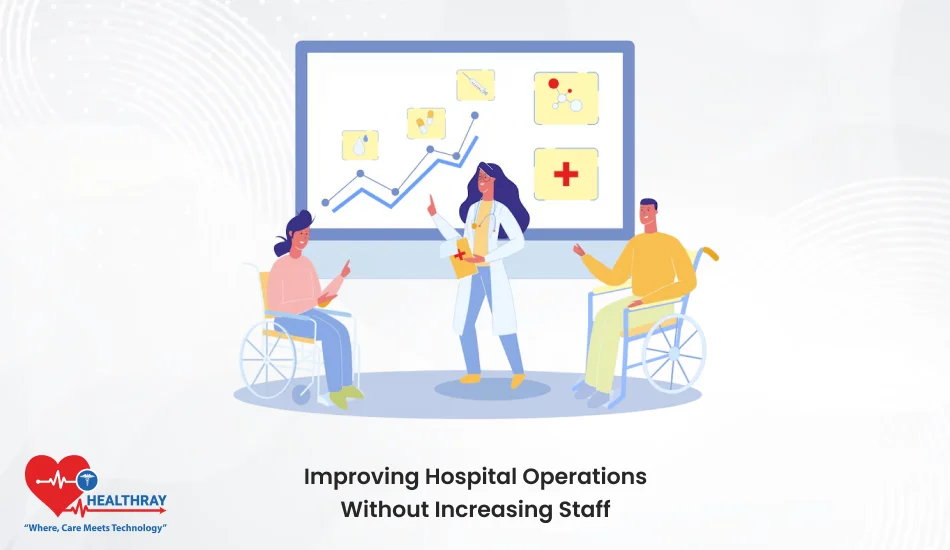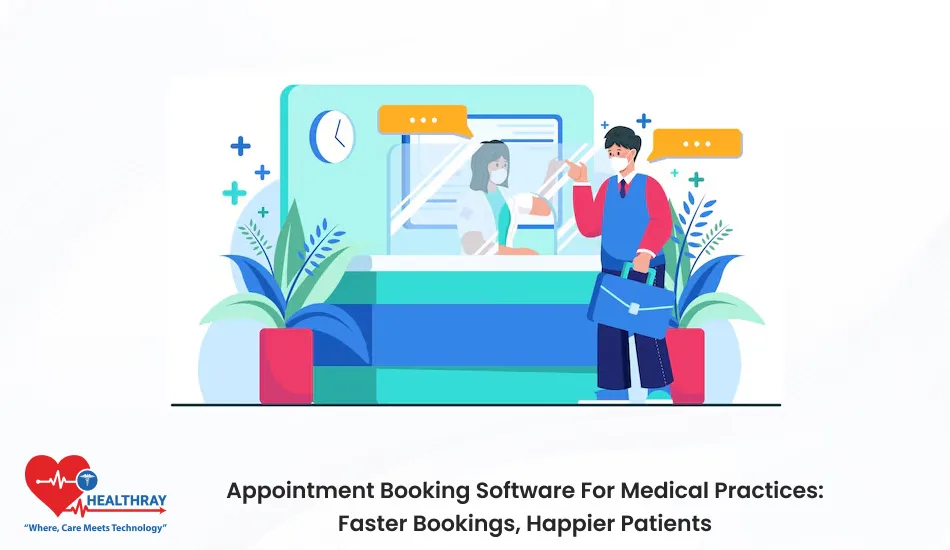Dealing with high amounts of data, with very tight control, and with the smooth functioning of the laboratory is only a part of the issues that arise when operating a laboratory. This is the moment when Laboratory Information Management System should live. LIMS software increases efficiency and reduces the possibility of human error while simultaneously complying for lab owners and technicians. In this article, we’ll explore the top benefits of implementing LIMS software and how it can transform lab operations.
What is LIMS and How It Works?
LIMS is a dedicated software to control the data, work flow, and process of a laboratory. Whether you’re dealing with patient samples in a pathology lab or handling research data, LIMS automates routine tasks like sample tracking, data collection, and reporting. The lab devices are integrated into the system, extracts data directly into the device, and guides laboratory technicians in data collection from sample receipt to the final report.
With the aggregation of information in a single system LIMS, the manual data entered is avoided and the human error is reduced. State-of-the-art real-time data delivery and robotic workflows ensure that every part of the workflow is able to change smoothly and optimally, without any human intervention required.
Top Benefits of Implementing LIMS Software

Automation of Routine Tasks
Manually tracking samples, logging data, and creating reports can take up a significant amount of time in a lab. With LIMS software, these tasks are automated. From collection to reporting, everything is electronic and automated, without any manual effort or mistakes.
LIMS automates the sample life cycle, so it can help technicians perform multiple jobs more effectively. In terms of the time spent doing hours of data entry and/or searching for information, laboratory personnel are not restricted to spend critical time doing those activities, but rather can focus on other significant issues, which is, experimenting and verifying the information that has been obtained.
Improved Compliance and Audit Trails
Labs often have to comply with strict industry standards, such as HIPAA data standards for health information or FDA requirements for clinical testing. However, monitoring the nodes at each step manually is time consuming and prone to errors. LIMS automates this process by automatically keeping track of everything that is done inside the system.
Each sample is stored with an audit log recording reception processing and reporting time. It ensures complete traceability and allows laboratories to demonstrate industry standard compliance when undergoing audits. The system may be configured to automatically trigger an alarm in the event of data anomalies, thus achieving compliance without further labor.
Centralized Data Management
In most labs, data sits in a variety of systems and spreadsheets and in notes. It is a very disadvantageous situation as, at present, no simple way exists to instantly locate the relevant information within a time window. Lims solves this by consolidating all laboratory data into a single platform.
Through the use of a LIMS, lab staff can access real-time data on samples, workflows, and instruments. Data can be freely exchanged amongst the team members and can be easily converted into report or used as key performance indicators (KPIs) in the hands of the lab managers. Standardized data management ensures that nothing slips through the net, making labs much slicker.
Enhanced Lab Productivity
Implicit in the description is the ability of the LIMS to perform routine work as automation (sample tracking and data entry) thereby boosting laboratory productivity. Lab technicians no longer need to spend time logging and searching through stacks of paper on data entry and document retrieval. LIMS not only enables them to process samples more rapidly, but also to process more material work, and to produce error‐free results.
In addition, LIMS provides real-time feedback on sample status, technical performance of instruments, and workflow bottlenecks. This transparency can mean faster turnaround times and fewer bottlenecks in labs, which means increased productivity.
Better Resource Management
Lab resource management (equipment, personnel, materials) is challenging, particularly. LIMS records instrument availability and usage, and ensures instruments are operating at maximum performance. It is not a bottleneck inherent to the uses of instruments due to periods of instrument unavailability, as well as the fact that instruments are calibrated and adequately maintained.
Further, LIMS can be used to support inventory management, by monitoring consumable and lab supplies in real time. This ensures that no lab is “caught out” of what’s most essential and thus there are no work flow interruptions and unplanned delays.
Scalability and Customization
As labs grow, their needs evolve. Simple sample tracking might be sufficient in a small lab, while a larger lab might require more complex workflows. That is, among the advantages of LIMS software, it is scalable. Whether you’re running a small pathology lab or a large research facility, LIMS can be tailored to your needs.
You can either add or delete features as your lab expands, from basic data collection all the way through reporting and compliance modules. LIMS is an expandable system that can be successfully adapted to the dynamic requirements of your laboratory without the need to reimplement the whole system.
How LIMS Enhances Decision-Making and Data-Driven Insights?

Data is the core of all lab work and the ability to rapidly retrieve and process that data is a definite factor that may influence a good decision. LIMS provides a centralized platform that allows labs to gather, store, and interpret data in real time. It is not only about data structuring, but also that with this data, lab operators and managers would be able to extract meaningful insights.
Real-Time Data Access and Monitoring
Using LIMS, lab administrators and laboratory personnel have the ability to access current information related to samples, such as sample status, or instrument operation status. This accessibility enables fast decisions and immediate action if something goes wrong, for example delayed analysis of sample or equipment malfunction.
Data Visualization and Reporting
One of the key features of LIMS is its ability to generate detailed reports and dashboards that visualize key lab metrics. Lab managers are able to follow up performance metrics, find patterns and highlights bottlenecks in workflows. These reports enable labs to refine processes and increase efficiency on a data-driven decision basis.
Enhanced Collaboration
Data centralization allows for easy access to all departments of the lab, thence effective cooperation among department of the lab. No matter how the laboratory is configured (pathology lab, research lab, or diagnostics center), LIMS guarantees that all members of the team are rowing in the same direction. Several users are able to access the same information securely and thereby reduce the chance of error caused by miscommunication.
Data Integrity and Compliance
Since all data is stored in a secure environment there is no risk of wrong or corrupted data. LIMS automatically validates and verifies data to reduce inconsistencies. At such a stringent level of regulation, this degree of control is critically important to both ensure continued compliance and produce reliable and trustworthy results.
Cost Savings and ROI
Even if, the investment to set up a LIMS is an upfront cost, the benefits are huge for the long-term cost. Automating data entry, sample accounting and reporting reduces the reliance on manual work, enabling labs to function with less personnel. Reduced errors, in turn, also means reduced rework and waste, thus higher efficiency and lower operational cost.
LIMS also provides resource optimisation, as it guarantees proper usage of equipment and supplies. Labs can perform more work without more people or more equipment if their time spent offline can be avoided and their time spent in a better workflow could be extended. Return on investment (ROI) of LIMS is manifested in decreased operational cost, boosted productivity, and enhanced accuracy.
Conclusion
LIMS software can transform the lab’s workflow by automating routine tasks, enhancing laboratory data management, and ensuring that the lab complies with industry regulations. Be it a small laboratory or a research facility, this scalable solution meets the growing needs of any research laboratory. Its power to bring improvements in workflow efficiency by reducing overlap, thereby diminishing the possibility of an error, can only be complemented by assisting the laboratories to remain competitive while producing quality outputs.
From improving performances to cost reduction, the purchase of LIMS software seems to be the most attractive alternative option for your laboratory. It is more than a tool; it is an essential system for modern laboratory management. ore than just a tool—it’s an essential system for modern lab management.





